|

BUREAUCRACY
ü
Administration of a government chiefly through bureaus or departments staffed with nonelected
officials.
ü
The departments and their officials as a group: promised to reorganize the federal bureaucracy.
ü
Management or administration marked by hierarchical authority among numerous offices and by fixed
procedures: The new department head did not know much about bureaucracy.
ü
The administrative structure of a large or complex organization: a midlevel manager in a corporate
bureaucracy.
ü
An administrative system in which the need or inclination to follow rigid or complex procedures
impedes effective action: innovative ideas that get bogged down in red tape and bureaucracy.
According to Max Weber, bureaucracy is a form of organization characterized by a rational, goal-directed hierarchy, impersonal decision making, formal
controls, and subdivision into managerial positions and specialization of labor. Bureaucratic organizations are tall consisting
of hierarchies with many levels of management. In a tall structure, people become relatively confined to their own area of
specialization. Bureaucracies are driven by a top-down or command and control approach in which managers provide considerable direction and have considerable control over others. Other features
of the bureaucratic organization include functional division of labor and work specialization.
On the other hand, the organic structure is more flexible, more adaptable to a participative form of
management, and less concerned with a clearly defined structure. The organic organization is open to the environment in order
to capitalize upon new opportunities.
Organic organizations have
a flat structure with only one or two levels of management. Flat organizations emphasize a decentralized approach to management
that encourage high employee involvement in decisions. The purpose of this structure is to create independent small businesses
or enterprises that can rapidly respond to customers' needs or changes in the business environment. The supervisor tends to
have a more personal relationship with his or her employees.
Rensis Likert has conducted extensive research on a non-bureaucratic organization
design referred to as System 4 (participative-democratic). Management and employees interact in a friendly environment characterized
by mutual confidence and trust. (See Likert, Rensis, , New York: McGraw-Hill, 1967, pp. 4-10). Watch the videos.

Contingency organization means that the most appropriate organization
structure for each situation depends upon technology, organizational size, goals and strategy, environmental stability, and
characteristics of the employees. Mechanistic organizations are best suited to repetitive operations and stable environments,
while organic organizations are best suited to an uncertain task and a changing environment.
Organization
Design
Designing an organization involves choosing an organizational
structure that will enable the company to most effectively achieve its goals. Organization design is the creation of an organization's
structure, traditionally functional, divisional, and/or matrix.
Functions or divisions arrange traditional organizations.
In a functional organization, authority is determined by the relationships between group functions and activities.
Functional structures group similar or related occupational specialties or processes together under the familiar headings
of finance, manufacturing, marketing, accounts receivable, research, surgery, and photo finishing. Economy is achieved through
specialization. However, the organization risks losing sight of its overall interests as different departments pursue their
own goals.
In a divisional organization, corporate divisions operate
as relatively autonomous businesses under the larger corporate umbrella. In a conglomerate organization, divisions may be
unrelated. Divisional structures are made up of self-contained strategic business
units that each produces a single product. For example, General Motors' divisions include Chevrolet, Oldsmobile, Pontiac, and Cadillac. A central headquarters, focusing or results, coordinates and controls the activities, and provides support services
between divisions. Functional departments accomplish division goals. A weakness however,
is the tendency to duplicate activities among divisions.
In a matrix organization, teams are formed and team members
report to two or more managers.
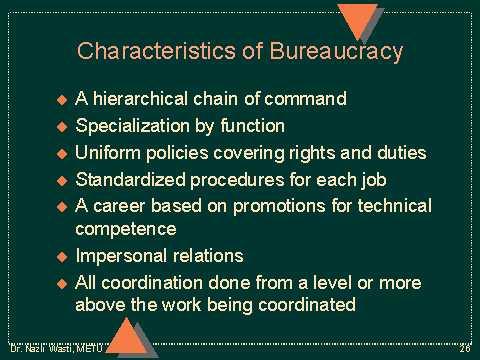
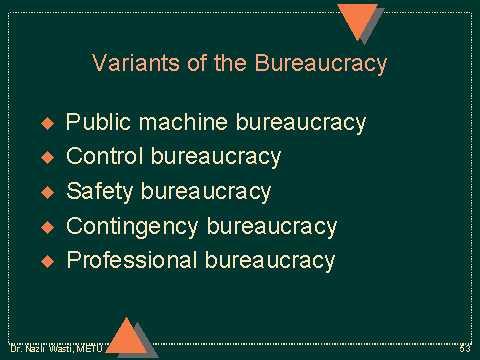
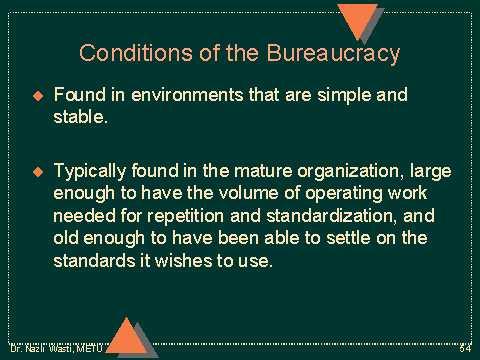
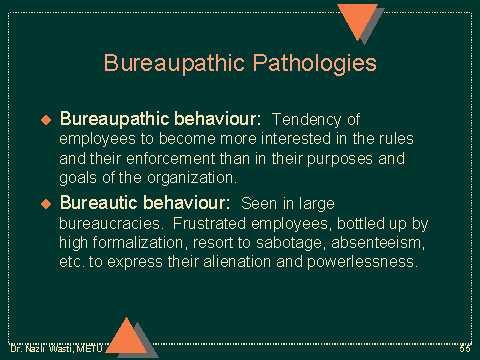
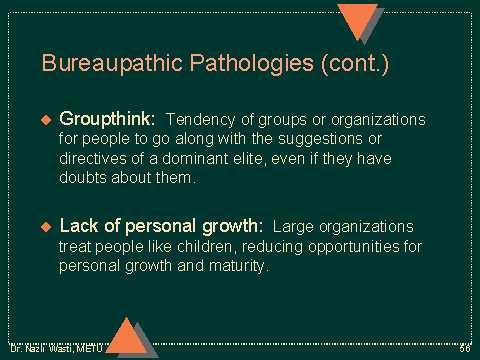
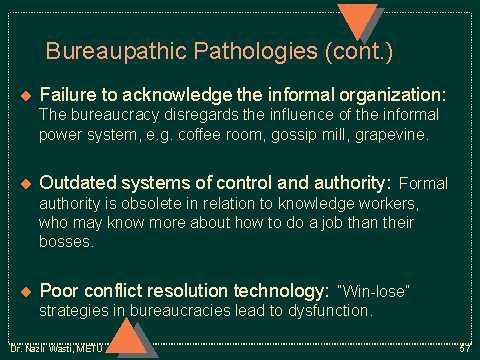
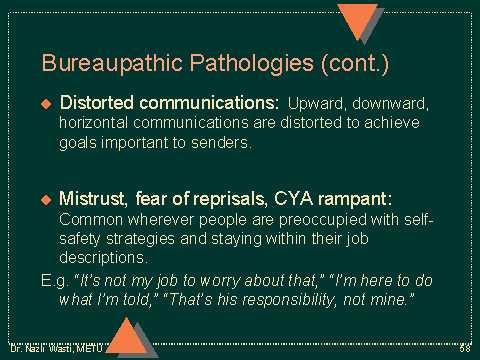
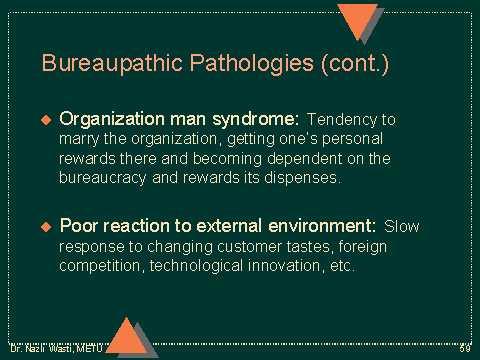
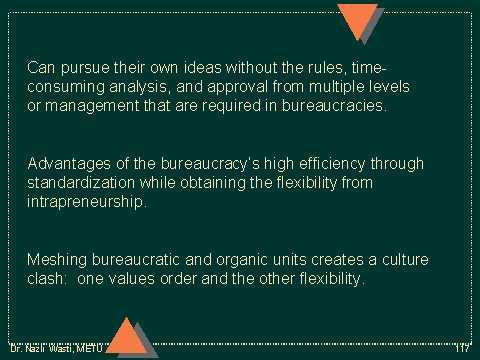

|

